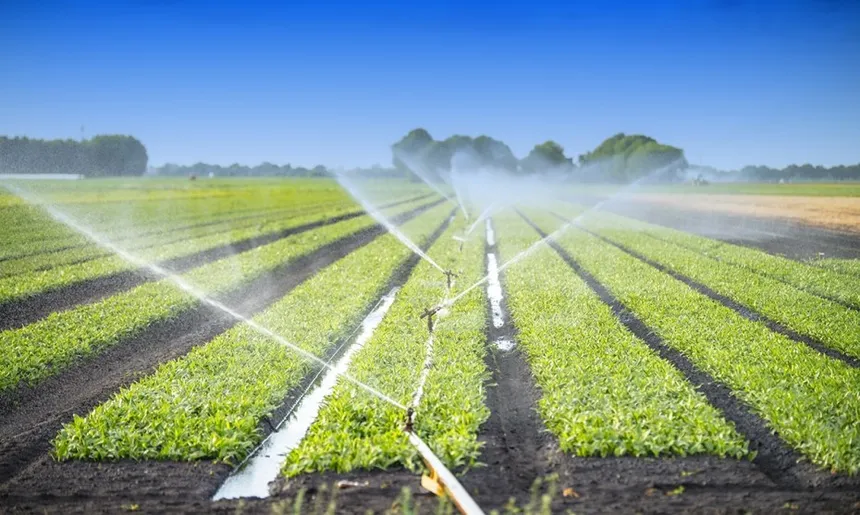Introduction
The Jhelum River is one of the most important rivers in South Asia. It flows through India and Pakistan, playing a crucial role in agriculture, hydropower, and history. This river is not only a source of water but also a symbol of heritage and culture. In this article, we will explore the origin, course, significance, and environmental challenges of the Jhelum River.
Origin and Course
Where Does the Jhelum River Start?
The Jhelum River originates from Verinag Spring in the Anantnag district of Jammu and Kashmir, India. The spring is famous for its clear blue water and historical significance. It marks the beginning of the river’s journey through valleys and plains.
Path of the Jhelum River
The Jhelum flows through Jammu and Kashmir in India and then enters Pakistan-administered Kashmir. From there, it moves into Punjab, Pakistan, and finally joins the Chenab River. This river covers a total length of about 725 kilometers (450 miles) before merging with the larger river system of the Indus.
Importance of the Jhelum River
1. Agriculture and Irrigation

The Jhelum River is vital for farming in both India and Pakistan. The river provides water for irrigation, helping farmers grow crops like wheat, rice, and maize. Many canals, including the Upper Jhelum Canal and Lower Jhelum Canal, have been built to distribute water for agriculture.
2. Hydropower Generation
The river is also an essential source of electricity. Several hydroelectric power projects have been built on the Jhelum, including:
- Mangla Dam (Pakistan) – One of the largest dams in the world, supplying water and power.
- Uri Hydroelectric Plant (India) – A major energy project in Jammu and Kashmir.
These projects help in generating clean energy, reducing reliance on fossil fuels.
3. Historical and Cultural Significance
The Jhelum River has a rich history. Ancient civilizations, including those during Alexander the Great’s time, flourished along its banks. In 326 BCE, the famous Battle of the Hydaspes was fought between Alexander the Great and King Porus on the river’s banks.
Several historical sites, like the Shah Jahan Mosque and Mughal Gardens, can be found near the river, showcasing the deep cultural heritage of the region.
Environmental Concerns
1. Pollution
One of the biggest threats to the Jhelum River is pollution. Waste from industries, cities, and agriculture is dumped into the river, affecting water quality. Sewage and plastic waste are major concerns, harming aquatic life and making the water unsafe for drinking.
2. Climate Change
Global warming has caused glacier melting, affecting the water levels of the Jhelum River. Unpredictable weather patterns lead to floods and droughts, impacting agriculture and settlements along the riverbanks.
3. Deforestation
Cutting down trees along the river’s path has increased soil erosion. This leads to the silting of reservoirs and dams, reducing their efficiency over time.
Steps to Protect the Jhelum River
1. Controlling Pollution

Governments and local communities need to work together to stop dumping waste into the river. Water treatment plants should be built to clean sewage before it reaches the river.
2. Afforestation
Planting more trees along the riverbanks will help prevent soil erosion and improve water retention.
3. Sustainable Water Management
Efficient use of water for agriculture and industries is necessary to ensure that the river’s water is not wasted.
Conclusion
The Jhelum River is a lifeline for millions of people in South Asia. It supports agriculture, energy production, and cultural heritage. However, pollution, deforestation, and climate change threaten its health. By taking protective measures, we can ensure that this great river continues to benefit future generations.
By spreading awareness and promoting sustainable practices, we can preserve the beauty and utility of the Jhelum River for years to come.

